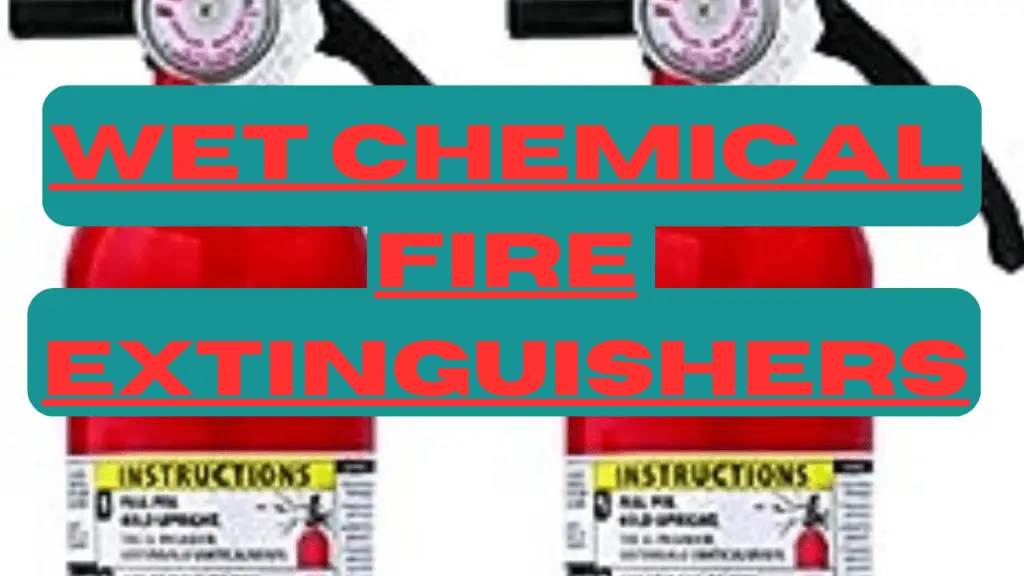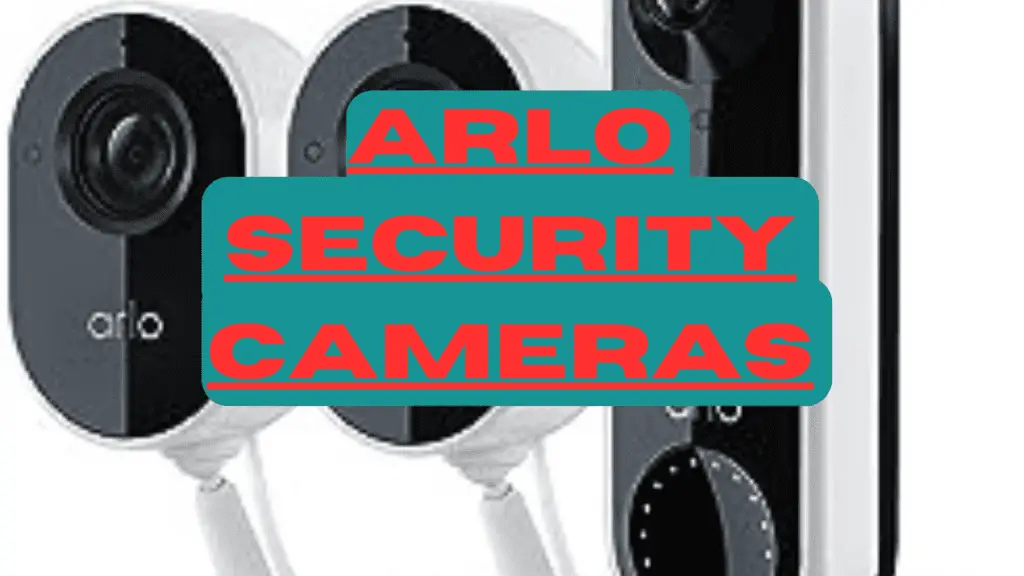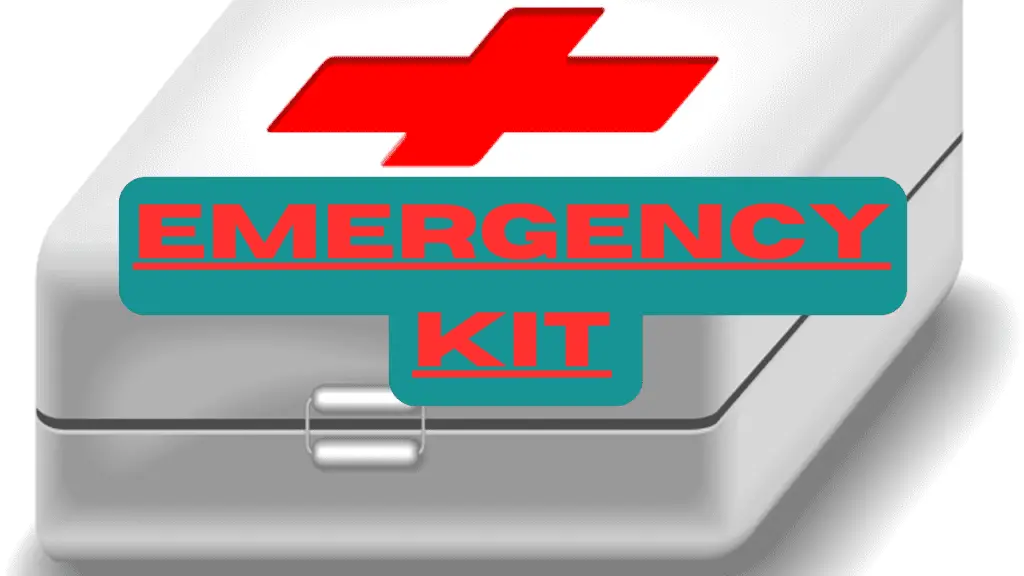How to Choose a Home Security System for Your Safety [Buyer’s Guide]
How to Choose a Home Security System! A home security system no longer requires holes in your wall and wires running to the entrance and windows. Today, you can install security cameras in a few minutes thanks to these devices’ smart and wireless nature. Even better, you enjoy better prices and better devices as manufacturers try to outdo their competitors.
The modern home security system works as a smart home hub. You can control the lights, locks, and thermostats from the same security smartphone app. You will encounter several DIY systems as you consider ways to improve home security. Knowing which system is best for your home can be the difference between your peace of mind and burglars breaking into it. Read on to learn more.
Assessing Your Security Needs
Is your home secure? Do you need a home security system?
You need a home security assessment to answer the questions above. A complete assessment will help you determine any vulnerabilities in and around the home. When a home is secure, criminal activities will slow down. Security cameras may even deter criminals from coming into your home.
A good home security assessment should focus on the house and the neighborhood. Some factors you need to consider include:
- Valuables in your home
- Visibility and amount of lighting in the home
- Security of the doors and windows
- Presence or absence of monitored security alarms
- Factors that could make burglars target your home
A home needs several security layers to keep valuables and homeowners safe. If you have two or more security systems, burglars will find it challenging to break into your home. The nature and number of systems you need will depend on how secure the neighborhood is. Some of the factors that you need to consider include:
- Recent break-ins in the neighborhood
- Street lighting
- Neighborhood watch programs
- Location of your home in a neighborhood
Criminals always watch and recreate successful break-ins. If a house in your neighborhood has had a break-in, there is a chance that burglars will try breaking into a similar house. This calls for you to improve your security systems. Again, if your street doesn’t have sufficient lighting, criminals can hide in the shadows and plan their attacks. With sufficient lighting, neighbors and the police can easily observe criminals in their acts.
Some neighborhoods have watch programs—their brothers’ keepers. When the neighbors work together to fight crime in a neighborhood, the risks of break-ins reduce. During the security assessment, check the following areas of your home:
The Outdoor Living Space
Is it easy for burglars to access your yard? Do you have secure locks for gates in your yard? Are there bushes around your house? Is your yard well-lit? You must keep your lawn mowed and clean; collect any newspapers, leaves, and debris that may make burglars think you are not home. Your house number needs to be visible so police can identify it quickly. If you work with electricians and other professionals, vet them properly to ensure they are not a security risk.
You need to consider whether there are exterior security features that can deter burglars from breaking into your home. For instance, having alarm company signs, video doorbells, exterior security cameras, and motion detectors can deter criminals.

Windows
Are your windows safe? Do they have secondary locking devices? Do you have glass breakers and motion sensors in your windows? Burglars might want to pass through windows to avoid tripping an alarm system in your home. As such, you must ensure that you have several security systems to keep your windows secure. These systems include security bars, secondary locking devices, solar screens, double-paned windows, and security window films.
Doors
How easy can it be for burglars to break into your home through the door? Is your door made of solid wood or steel? Do you have security features such as an anti-kick solution, a peephole, and an entrance door camera? You need to have a picture of who is at the door, so install a video doorbell and ensure the door is not easy to break.
Home’s Interior
Burglars move quickly to carry your valuables before you call for emergency backup. They will move fast to your bedroom, where you keep your valuables. To deter them, you need a monitored home security alarm system. The alarm needs to work even when there is no power. Installing security panels where intruders can see them through the window can deter them from breaking them. Invest in a secondary security panel in a less secure neighborhood and often change alarm codes.
Defensive Plan
If a burglar attacks your home today, do you have any plans to fight them? Everyone in the household should know their responsibilities in case of an attack. A safe room should be designated as a safe house where members can meet in case of an attack. Do you have a dog? Are there weapons in the house? Do you know how to use weapons in the house? Does everyone in the house know basic security protocols, such as keeping doors locked after 7 p.m.? If you have no plan, create one as you consider improving your home security system.
Garage and Vehicle Safety
Burglars can access your home through the garage. As such, you need a secure garage door with an emergency release. You need to change the factory security settings so no one will have access when driving off to work. The door that links your garage and your house should be safe—either solid-core wood or steel.
Part of your home security assessment can be how safe you feel when you are home or away. If you do not feel safe, there is a high chance your home has several vulnerabilities that you need to address.
You can also contact a security company to assess your home’s security state and give you a report. These companies come with a checklist that checks the security systems in your home for effectiveness. After the assessment, the company will give recommendations on how to improve home security.
How to Choose a Home Security System: Factors to Consider
What is your budget, and what are your home security goals? After a thorough security assessment, deciding how to improve home security and the best systems to pick will be easier. Here are factors to consider:
Budget and Cost Considerations
Although you can get an effective home security system on a budget, you should always maintain your safety at a lower price. Consider the one-time installation fee and the monthly security system monitoring fees when considering your budget. You must read the fine print before you sign a deal with any security company to ensure you can meet the costs. When working out the costs of a home security system, consider the following:
Cost of Equipment
You need devices such as indoor and outdoor cameras, motion sensors, video doorbells, and floodlights. When shopping, you may go for a whole-house system that brings all the necessary devices, or you can go for one device at a time. You will need a base station, security cameras to match the size of your house, and a video doorbell. Other devices include a motion detector, contact sensor, panic button, and glass break sensor.
Installation
You can pay between $100 and $400 for security system installation. However, most systems today are DIY friendly, so you never have to pay for installation. Even better, most companies offer free installation, so you can cut down on costs and save for monthly subscriptions.
Activation and Monitoring Fees
Some security systems require an activation fee. If you are on a budget, go for systems that do not require that. Instead, concentrate on comparing monthly monitoring fees from different companies. Monitoring companies offer round-the-clock services, so your home is safe even when you are away. When the security alarm goes off, the surveillance company will alert emergency response services. Depending on the level of security you need, monthly subscriptions can cost between $20 and $60.
Smart Home Features
Automation features are relatively more expensive. Modern systems integrate with smart home features and are safer. You may need smart locks, smart lights, smart smoke and CO detectors, and smart doorbells. Even for such systems, the costs vary from one brand to the next; some cost as little as $15, while others cost as much as $500
Today, wired home security systems cost more because the cost of installation is high. The popularity of wireless systems has increased competition between brands, leading to reduced prices.
Other factors that determine the cost of security systems include:
- The brand you choose
- The cost of maintenance
- The need for permits and their costs
- Cancellation fees

Scalability and Expandability
A la carte home security systems are common. These systems allow you to purchase the equipment you can afford and add more when your budget allows. You can shop for motion sensors, security cameras, and glass break sensors for as little as $80 and then scale the system from there.
Scalability allows you to add devices to your security system to create an effective security system. Today, wireless security systems make it easier for you to expand in the future. The wireless systems are customizable and flexible enough to add or remove devices from the network. The benefit of these wireless systems is ease of installation, as you can mount them or place them on a surface quickly and add them to the network.
Wired security systems take time to scale. Unlike the smart wire-free systems that you can place on a surface, wired systems require more work. You need a system that is flexible enough to accommodate additional devices.
Technology advances are rapid, and you need a system that evolves with your security needs. Go for smart devices for the best scalability. Again, look for a brand that integrates with your existing security devices.
Ease of Installation and Use
Modern home security systems are wireless. These systems use Wi-Fi, cellular communications, and radio frequencies to keep your home safe. You can still get wired systems, but these have become less common. It is easier for burglars to cut a landline than hack radio frequencies. Without wires, you can install home security systems in minutes. After installation, these systems are not easy to disarm, making them safer.
Use a wireless smart system if you need a system that installs quickly. The cameras, sensors, detectors, and alarm systems connect to your smartphone through Wi-Fi. Most of these will use a Sync Module to connect to Wi-Fi and, consequently, to your smartphone through an app. You can then add or remove devices from your security network and change the settings of cameras and other devices from the app. Most apps feature simple interfaces that make them easy to use, so you can customize your security system in a few minutes.
Professionals install wired security systems. Unless you only need one or two standalone cameras, a whole-house home security system will be challenging for the average homeowner to install. Professionally-installed systems will be more expensive for you compared to DIY units. If your budget allows, go for professionally installed systems and save time and effort. When you are on a budget, pick DIY options, as they are cheaper.

Monitoring Options
You can opt for professional monitoring or self-monitoring. Professional monitoring is excellent for a hands-free security experience. With professionals looking after your home’s security, you will have peace of mind, especially when you are away from home. This monitoring option ensures that you get a notification, and the security company also gets one. Wherever you are, the security surveillance company will contact emergency responders to avert the threat.
A self-monitoring home security system comes with a smartphone app that can recommend ways to improve home security. You can monitor the home’s security from a smartphone app. You may never pay a dollar for monitoring, but the notifications only come to you when you are miles away from home. If you are on a budget, choose self-monitoring.
Home Automation Integration
You need a home security system that you can control from anywhere. Most modern home security systems connect to a mobile app, from which you can control them. The app should be reliable and accommodate other automation tools in your home.
Using the same brand for all your security systems will make it easy to control smart lights, cameras, smart locks, and thermostats from one app. In most cases, brand apps only accommodate devices from their brand. However, in some instances, you can use one app for devices from different brands. Even better, most smart home systems integrate with Amazon Alexa and Google Assistant.
If you choose a system that does not integrate with your smart home systems, you will miss out on the scalability of modern systems.
Customer Support and Reputation
You need a reputable provider for your home’s security system. Companies such as ADT and Brinks are famous for their services and devices. For such companies, you are sure to find sufficient information online about their services and products. With that information, you can decide which company best suits your needs.
You may enjoy personalized monitoring services if you choose a smaller regional or local company. However, you need to ensure that they have a valid license. Having a license means the company complies with local laws and regulations, and you are safe. Further, you can check their certifications. Certifications from different security organizations prove that a security company delivers the services it promises. These small local companies may have reviews online; read them before signing up.
You can tell how promptly a company responds to queries and complaints from online reviews on third-party sites such as Google Reviews.
Researching and Comparing Home Security Providers
If you know how to improve home security, the next step should be picking a brand for your home security systems. Take your time comparing brands online and consider the following areas:
Range of Equipment
You need several devices to create a comprehensive whole-house security system. For starters, you need a set of indoor and outdoor cameras to monitor who comes in and leaves the house. When comparing these, check the camera quality, sensitivity of the camera sensors, and two-way audio features. Today, most brands offer 1080p HD resolution, but you might find a company that offers 2K or 4K video quality.
You also need contact sensors. These are ideal for doors and windows and send an alert whenever they open. On the other hand, motion sensors are for outdoor use and rooms with multiple doors and windows. For sensors, you need to consider sensitivity from different brands and customizability.
Alarms and sirens are essential elements of your security system. When shopping, compare the alarm systems from different brands and their response times. Other equipment to compare includes glass break sensors, panic buttons, garage-door-tilt sensors, and base stations.
App
Because modern systems are easy to control via an app, you should compare apps from different brands. You need an app with a simple interface that offers advanced customization features. A good app should control all aspects of the home security system and even offer recommendations on how to improve it. Choose an app that allows you to quickly add or remove devices from your security network and that you can use with ease.
Installation and Monitoring Fees
After seeing the features of the devices and apps offered by different brands, you need to consider their costs. Compare what the different brands charge yearly to monitor your home and what they charge to install their systems. Most national companies do not charge an installation fee, which is great when running on a tight budget. If a local company charges an installation fee, compare their overall cost to other companies.
Maintenance
Security systems need maintenance; some need more frequent maintenance. Wireless systems require you to replace their batteries every year, some after two years and others only after a few months. The battery life will depend on how often you record video clips from your security cameras. If you record long videos several times a week, you may need to replace the battery after a few months. Besides that, these wireless systems only need cleaning to minimize obstructions.
Wired systems require less maintenance. Once these systems are set up, they work efficiently unless the wires sustain damage. However, the systems may not work when there is a power outage.
Reviews
Let other consumers guide your choice of a home security system. You already know how to improve your home security, but these online reviews can tell you which systems will help. Look for reliable third-party sites like Google Reviews, TrustPilot, and the Better Business Bureau. See what consumers say about the quality of the products, the cost of monitoring and maintenance, and the customer-friendliness of the company.
Making the Final Decision
The number of home security brands keeps increasing. Several new entrants bring newer technologies. However, all these companies compete heavily on the price of their products. When shopping, you need the best quality at an affordable price. Some companies charge as little as $100 a year for professional monitoring. You know how to improve home security, and if a company meets that criterion and offers affordable products and services, go with it.
If your budget allows, work with a security professional. These professionals have handled different systems, know which works best, and will be more affordable upfront and in the long run. You can use their security recommendations to reduce the cost of home security while making your home safer.
Conclusion
Do you know how to improve home security? Knowing what needs doing is the first step in creating a safer home for your family, valuables, and pets. The security market is awash with brands and devices that can improve your security and give you peace of mind. You need a system that protects you at home, at work, or on vacation. A system has to integrate with your smart home systems to send you notifications wherever you are. Start shopping today.



































